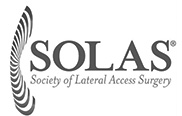Conditions
-
Cervical Disc Herniation
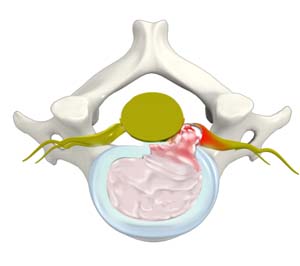
Cervical disc herniation can arise due to aberrations of the intervertebral disc such as bulging, rupture and slipped or extruded disc.
Know More Launch Movie -
Cervical Myelopathy
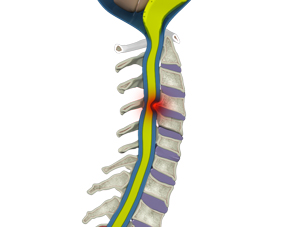
Cervical myelopathy refers to a dysfunction of a nerve root caused by injury or compression of a spinal nerve root in the neck. On the other hand, cervical myelopathy refers to compression of the spinal cord within the neck.
Know More Launch Movie -
Cervical Stenosis
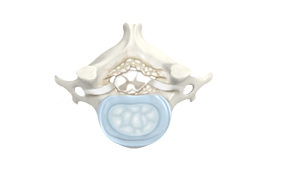
Cervical stenosis refers to narrowing of the spinal canal that protects the spinal cord and its branching nerves. The condition causes neck pain radiating to arms and hands, numbness or weakness in the legs.
Know More -
Chronic Neck Pain
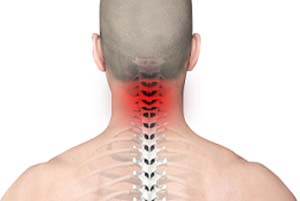
The most common cause of neck pain is injury to the soft tissues (muscles, ligaments or nerves) or prolonged wear and tear. Traumatic accidents or falls and contact sports can cause severe neck injuries causing pain in the neck.
Know More Launch Movie -
Degenerative Disc Disease
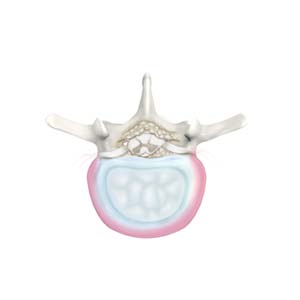
Degenerative disc disease (DDD) refers to gradual deterioration of the intervertebral discs between the vertebrae.
Know More Launch Movie -
Degenerative Scoliosis
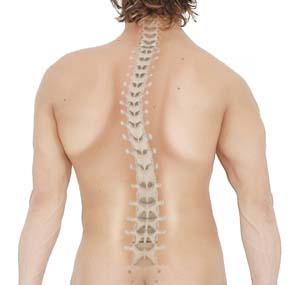
Scoliosis is a condition characterized by abnormal curvature of the spine causing a deviation to one side.
Know More Launch Movie -
Herniated Disc
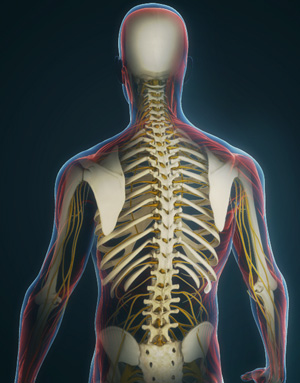
Disc herniation is a condition where the central nucleus pushes through the outer edge of the disk, causing a bulge that compresses the spinal nerves.
Know More Launch Movie -
Kyphosis
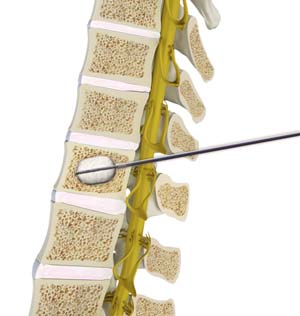
Kyphosis is a condition of abnormal curvature of the spine that causes rounding of the upper back or a hunchback. The thoracic portion of the spine normally has a C-shaped curve, but excessive forward curve in the spine leads to kyphosis.
Know More -
Lumbar Disc Herniation
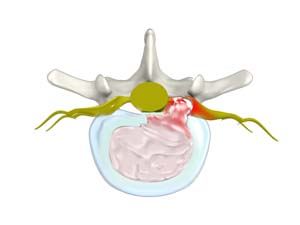
Lumbar disc herniation is the most common cause of low back pain and leg pain (sciatica). The lumbar intervertebral discs are flat and round, present between the lumbar vertebrae and act as shock absorbers when you walk or run.
Know More -
Lumbar Radiculopathy
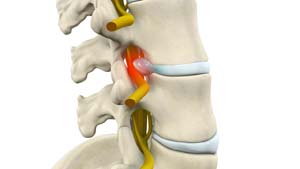
Pain in the lower back may sometimes radiate to the legs. This is referred to as lumbar radiculopathy or sciatica. Lumbar radiculopathy can be extremely debilitating and interferes with your daily activities.
Know More -
Sciatica
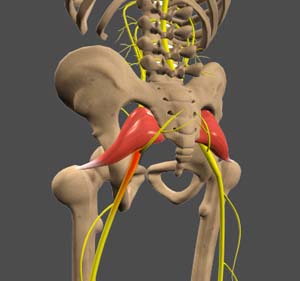
Sciatica is a painful condition caused by the irritation of the sciatic nerve. The sciatic nerve is the longest nerve in our bodies. It begins in the lower back and extends through the buttocks down the back of each leg to the thighs and feet.
Know More -
Spina Bifida

Coming Soon
Know More -
Spinal Deformity
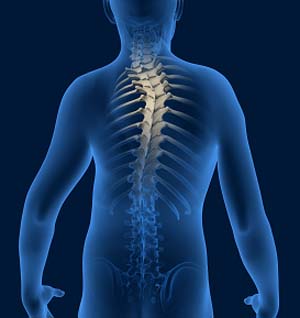
The spine has two gentle curves when viewed from the side and appears straight when viewed from the front. An exaggeration of these curves results in a physical deformity. Spine deformity refers to the abnormal curvature of the spine.
Know More -
Spinal Stenosis

Spinal stenosis is a condition caused from the vertebral column constricting and exerting pressure on the spinal cord or neural foramen (a bony tunnel through which a nerve exits the spinal cord).
Know More Launch Movie -
Spondylolisthesis
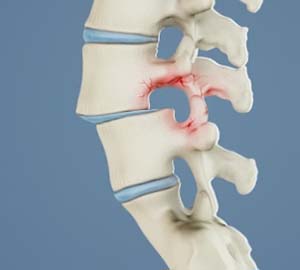
Spondylolisthesis is the displacement of vertebral disc from the spinal column.
Know More Launch Movie -
Spondylolysis
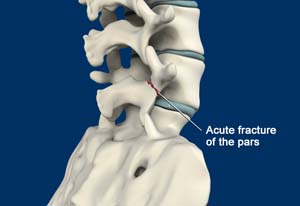
Spondylolysis is a stress fracture of vertebra that may progress into spondylolisthesis, a condition of displacement of vertebrae from the spinal column. Spondylolysis is the cause for frequent low back pain in children.
Know More Launch Movie -
Vertebral Compression Fractures
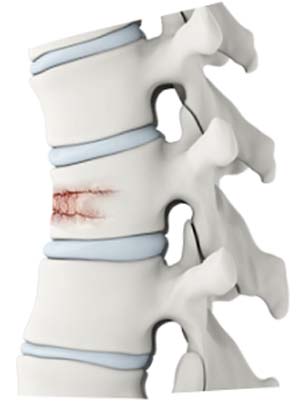
Vertebral compression fractures occur when the normal vertebral body of the spine is squeezed or compressed to a smaller height. The bone collapses when too much pressure is placed on the vertebrae, resulting in pain, limited mobility, height loss, and spinal deformity.
Know More







